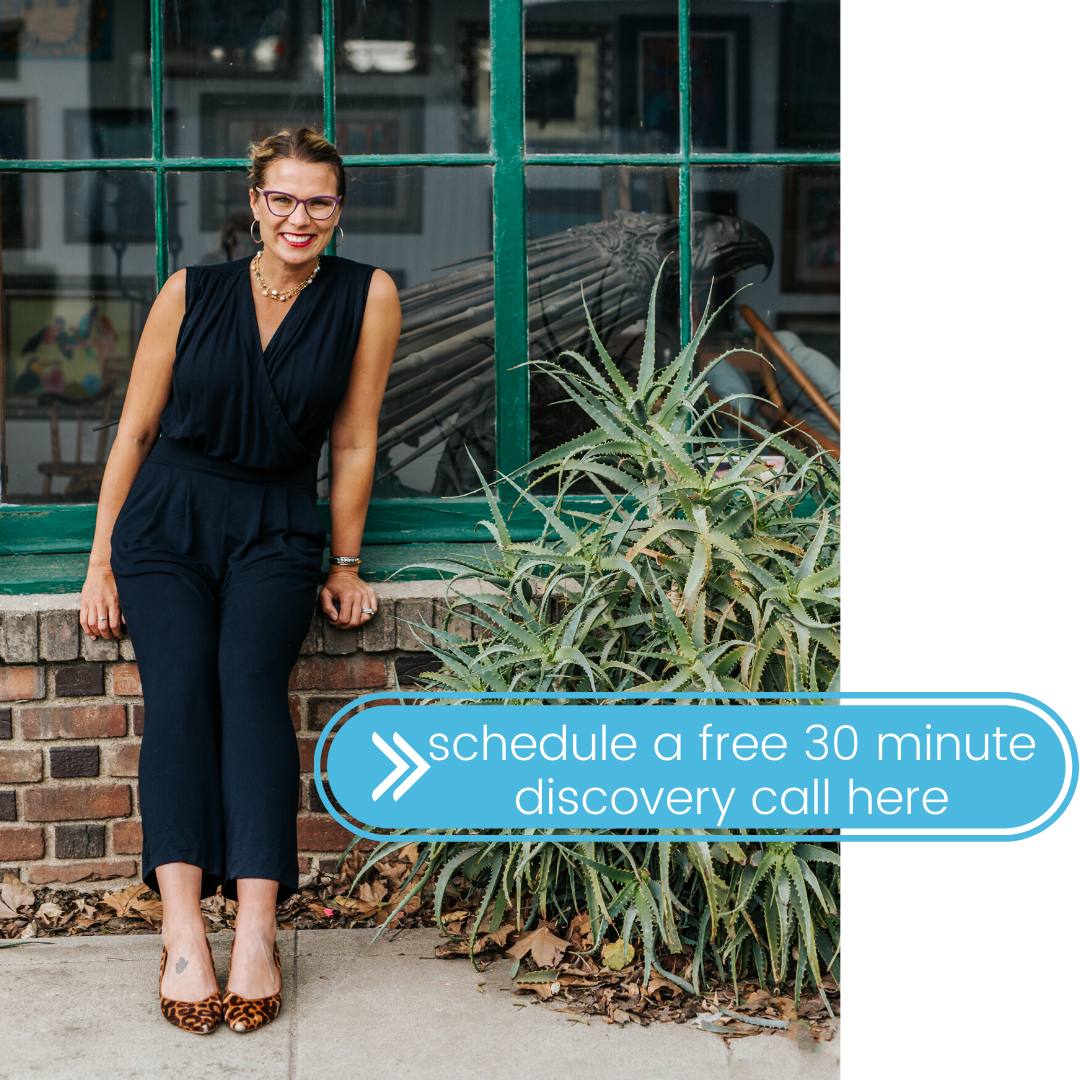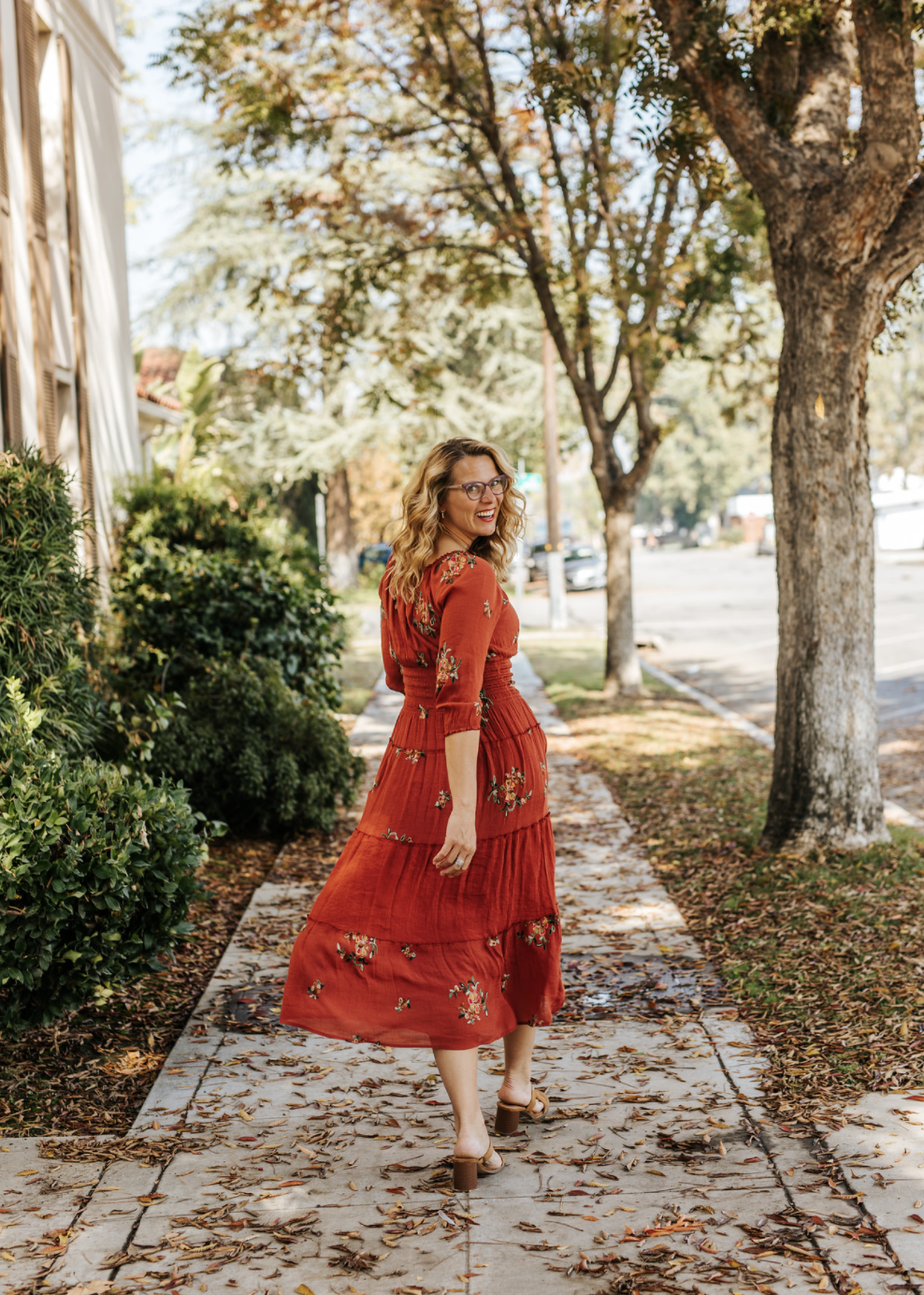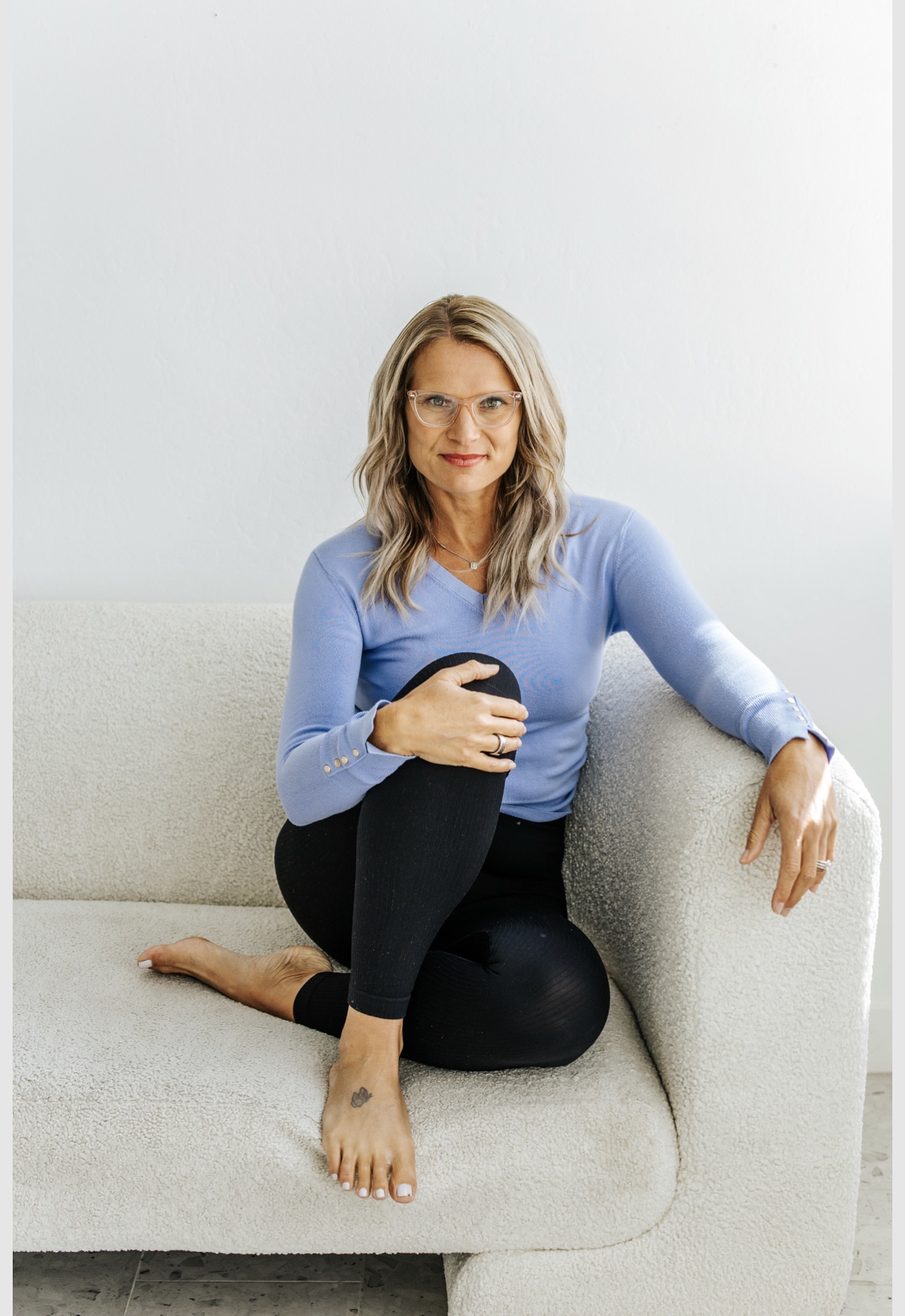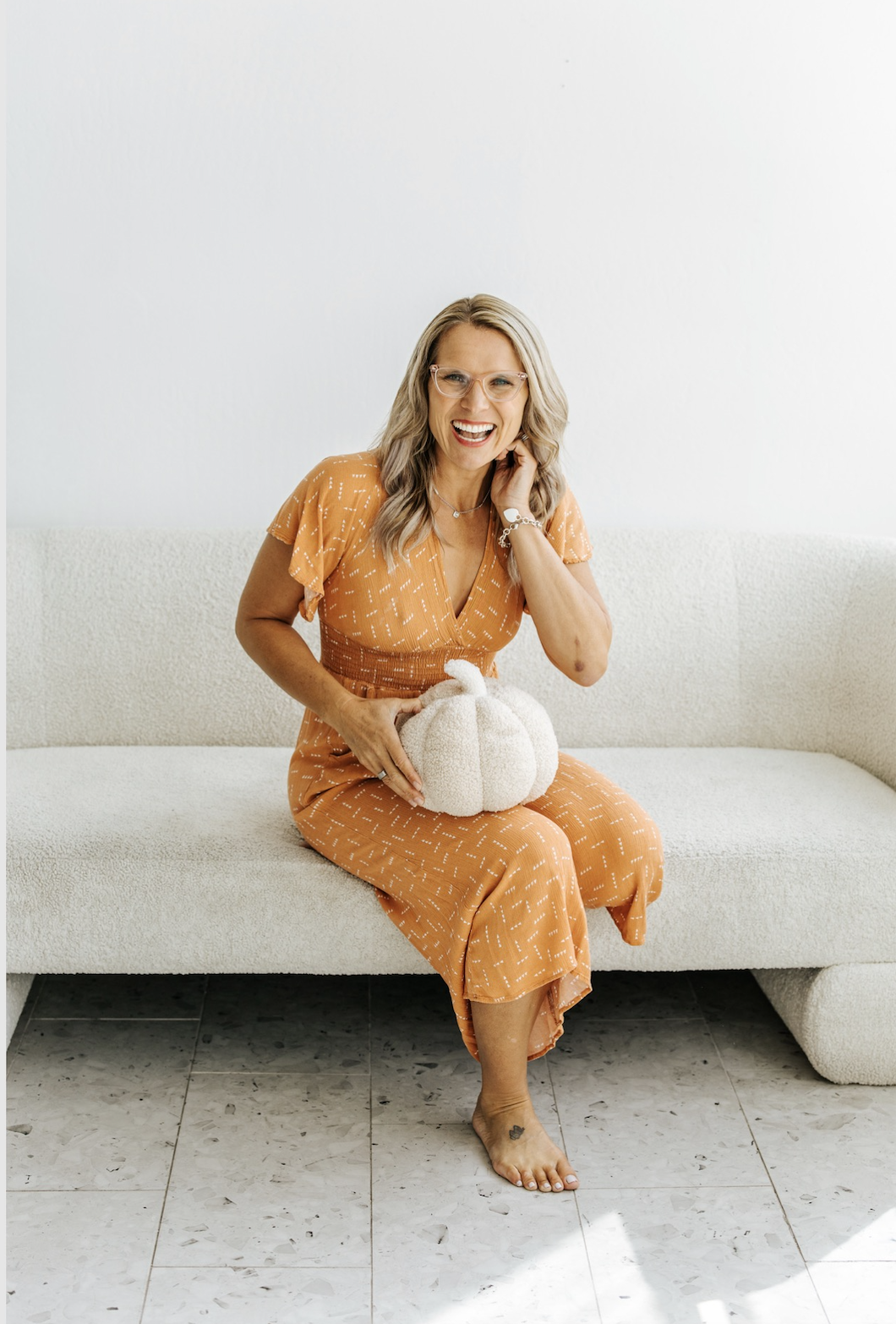How to Boost Your Mood During Seasonal Transitions
I love fall. I got married in the fall. My birthday is in the fall. I get to see the Harvest Moon in the fall. Thanksgiving. Halloween. Crisp, chilly morning air. Earlier nights. Sweaters. Chai tea.
But not everyone feels this way. Many people, women especially, struggle with depression and anxiety during the fall and winter months. I have had women tell me that they dread the seasons changing, knowing that the struggle to keep a positive outlook will soon be upon them.

photo via unsplash byChris Liu-Beers
While life will never be perfect, and we will always struggle with something, there are ways to bolster your hormones and neurotransmitters to help keep a relatively even mood during those cold and short vernal and winter days.
1. Use light therapy
You don’t have to buy anything fancy. If you live in a desert (or temperate) climate, like I do, this will be easy. It may be harder if you live somewhere cold and snowy.
The easiest way to use light therapy is to take advantage of the sun. I encourage my clients with mood disorders to lay out in the their backyard, wearing a swimsuit, and get 10-25 minutes of direct morning or afternoon sunlight every day they can. Those who are worried about skin damage can feel free to shade their faces with a hat or umbrella. But try to get the most amount of sun on the most amount of skin for the longest time possible. If you can stand to lie on the grass without a towel, take advantage of the contact with the earth. It sounds goofy, I know, but grounding is a fantastic way to maintain mood homeostasis too.
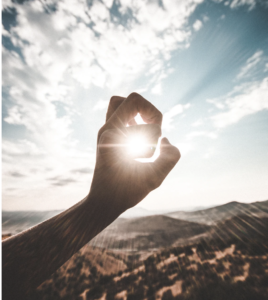
photo via unsplash by
Daoudi Aissa
We are inside so often these days, attached to electronic devices and electric lighting. We are harried and frazzled and anxious and busy and mad. Getting outside and just being is very powerful. The sun itself can provide a boost in serotonin levels. Serotonin is the neurotransmitter that makes you happy. Sunny days make happy people. If you don’t believe me, lay in the sun for a full 15 minutes, all by yourself. Close your eyes, relax, work through problems in your head, and feel the warmth permeating your body. Everybody has 15 minutes a day.
Sunlight works on the body in other ways. Our hypothalamus has Vitamin D receptors. As part of the HPA Axis, or the part of the body that receives and modulates stressors, the hypothalamus needs optimal vitamin D levels to maintain proper neuroendocrine function. Sunlight can reduce stress.
If you are at an inconvenient longitude and latitude, you can build a light box. It may be worth it if you really struggle with Seasonal Affective Disorder. Which basically means that fall and winter make you sad.
Or buy one from Amazon.

2. Use hot and cold therapy.
If anxiety is more your demon, use epsom salt baths daily as a therapeutic tool to help you relax and sleep better. Use an entire cup (or two) of epsom salts to receive plenty of transdermal magnesium, which can often get into the body much easier than an oral supplement. Heat the water as high as you can stand it, and soak in your epsom salt bath until you are sweaty, about 20 minutes. Feel free to add pure essential oils like lavender or eucalyptus or peppermint to help enhance the bath’s mood regulating effects.
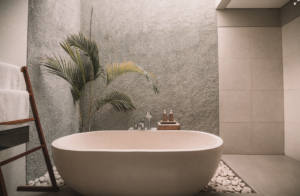
photo via unsplash by Jared Rice
No phones in the bath! No tablets, no computers. First, this is dumb. Those things are expensive. Second, you want to use this time as an opportunity to unplug your brain from the Matrix. Be alone with yourself. Allow yourself to think a bit. You may solve some problems. You may work through some issues. You may realize it scares you to be alone with yourself, but the only way to work through a fear is to allow yourself to be exposed to it.
Books- real books- are ok. Music is fine. I recommend Satie.
Now, if depression is more your jam, you will want to utilize the cold part of this therapy. After your super hot and relaxing bath, slowly get into the shower. Allow an ice-cold spray of water to hit you smack on the back of your neck for as long as you can stand it. Check this out:
“Exposure to cold is known to activate the sympathetic nervous system and increase the blood level of beta-endorphin and noradrenaline and to increase synaptic release of noradrenaline in the brain as well. Additionally, due to the high density of cold receptors in the skin, a cold shower is expected to send an overwhelming amount of electrical impulses from peripheral nerve endings to the brain, which could result in an anti-depressive effect. Practical testing by a statistically insignificant number of people, who did not have sufficient symptoms to be diagnosed with depression, showed that the cold hydrotherapy can relieve depressive symptoms rather effectively.”
I actually use this trick with many people, and it seems to work quite well. You have to be consistent, but the electric cold is strangely stimulating and addicting. You can do it a few times a day if necessary.
3. Niacin Therapy
You guys. I know I am on a niacin-obsessed kick, but that is because this stuff is legit. We have used it already for skin, but its applications are more far-reaching than that.
Sometimes people need to go on antidepressants. And that is ok. They work well for many, and many close to me. They can truly change lives.
Sometimes people don’t want to go on the offered antidepressant. And that is ok too.
For those who have an aversion to antidepressants, but still struggle with depression, there is the niacin therapy option.
I read about niacin therapy over the past year after listening to an interview with Dr. Andrew Saul. I devoured all of his material immediately afterward. I don’t agree with everything he promotes (vegetarianism, soy) but he has a quirky, out-of-the-box, and very effective way of dealing with disease. Vitamin therapy, or orthomolecular medicine, is his passion and it has definitely become one of mine. If you are as nerdy as I am, you will get lost in his website.
There are numerous anecdotal stories all over the interwebs about people being miraculously cured of depression and anxiety while using niacin therapy. I could wax on about why this is not a well-known option (Big Pharma! Lobbyists! No one makes money off of a vitamin!) but I will spare you the vitriol.
Peeps. Sometimes it really is just a vitamin deficiency. Our soil is spoiled. Our food quality is far from fabulous. Our stress levels are stupid. These factors all contribute to a collective American vitamin deficiency.

Niacin reduces inflammation. Depression has been called an inflammatory disease.
By providing your body and brain with a vitamin it needs, and also reducing inflammation, niacin may be the missing piece of your mental health puzzle. (Or it may not. I am not a doctor.)
Follow the wise doctor’s advice on dosing. As with so many things, the only way to know if something works for you is to try it yourself. There are no guarantees, but there is always another option.
Of course, if your Seasonal Affective Disorder shows no signs of relief, get yourself to your doctor, your psychiatrist, or your pastor right away. It is not weakness to ask for help. The dear people in your life who count on you need you to be healthy and strong.
But if your symptoms are slow-going and slow-growing, try some of these alternative therapies. Even if you feel great all of the time, you may benefit from these hacks. I hope they help.
To your (seasonal) health,
Jennifer


